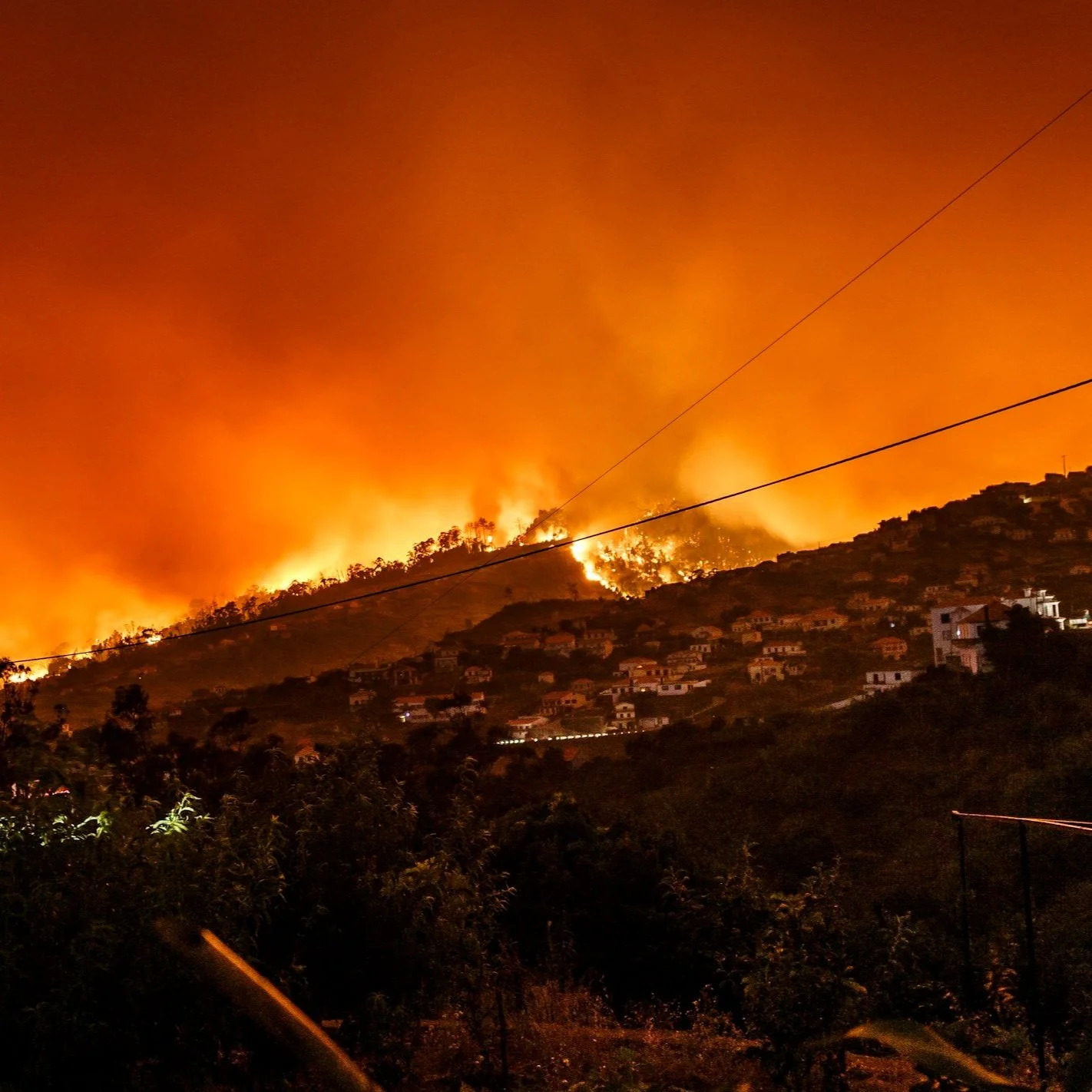Built vs. Environment
Interviews with architects, builders, designers, and experts on how the built world can make a positive impact on the natural world.

Harry Statter knows how to keep your home safe in a wildfire.
Prepare for a paradigm shift in how you think about wildfire and home safety. In an eye-opening episode of the "Built First Environment Podcast," we talk with Harry Statter, CEO of Frontline Wildfire Defense Systems, to challenge everything you thought you knew about protecting your home from fire.
Forget what you've heard about "walls of flame." Statter reveals that a staggering 90% of structures ignite not from direct fire, but from wind-driven embers that can travel up to 24 miles. He explains that these embers can land on everyday, seemingly harmless items around your house—from patio furniture and doormats to pine needles in your gutters—turning them into ignition points.
But this isn't just about a problem; it's about a solution. Statter's company has engineered a "water smart device" that leverages your water source and a unique, firefighter-approved, biodegradable foam to proactively "make water wetter". This automated system, managed by a sophisticated geospatial software platform, is designed to defend your home by managing the moisture content of combustible materials on or around your home, allowing you to evacuate safely without having to choose between your life and your property.
We discuss:
• Why current building codes aren't enough to protect your home from today's fire risks.
• How a "fire deficit" created by decades of human intervention is making wildfires more intense.
• The three most important things you can do right now to protect your home from ember storms.
• Why the destabilized insurance market is a wake-up call that proves a home must be able to defend itself.
Frontline is redefining home protection and offers a proactive path forward in a changing climate.
For more info on Frontline Wildfire Defense, visit https://www.frontlinewildfire.com/
